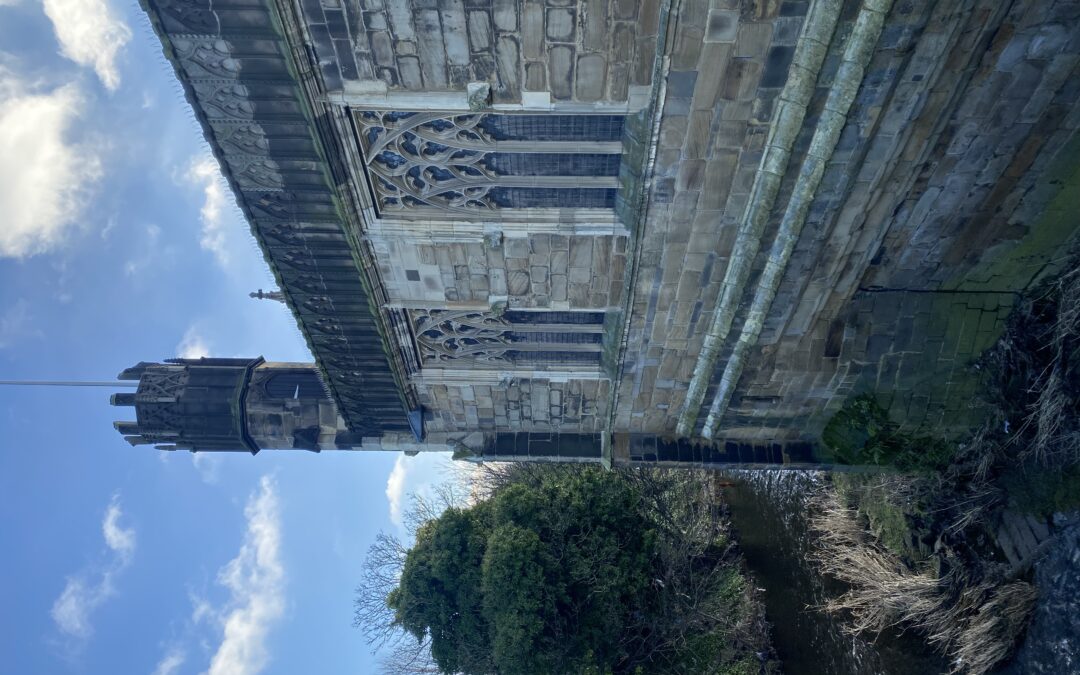There are only four left in England, and two of those are in Yorkshire, what am I talking about? Why Bridge Chapels or Chantry Bridges of course!
These chapels were built in the medieval period to allow prayers to be said for travellers and for departed souls, but also helped raise funds for the bridge’s upkeep. Often the chapels were part of the bridge structure with extra-large piers being built to accommodate them.
Maintaining both a bridge and a priest to say prayers was a costly business, so many chapels had a resident hermit whose duties including collecting tolls and working on any repairs.
The reason there are so few left in England, is that most were shut and destroyed at the time of the Reformation but four survived. These are in Bradford-upon-Avon, St Ives (Cambridgeshire), and the two in Yorkshire – Rotherham and Wakefield.
The bridge chapel in Wakefield is considered the finest and most sumptuous of the four. The bridge was begun c.1342 when King Edward III granted the town toll rights for three years to fund the replacement of the wooden bridge damaged by floods.
In 1460, the battle of Wakefield during the War of the Roses took place about a mile south of the bridge, and the Earl of Rutland was killed trying to escape over the bridge. It fell into disrepair after the Reformation but remained intact as it was a structural part of the stone bridge.
Artist JMW Turner painted the bridge and chapel in 1797, his picture shows it looking rather dilapidated so maybe this led to an extensive restoration by George Gilbert Scott several decades later!
Today it is back in use as a chapel and services are held several times each month so everyone can get a chance to enjoy this tranquil place as it was originally intended.


